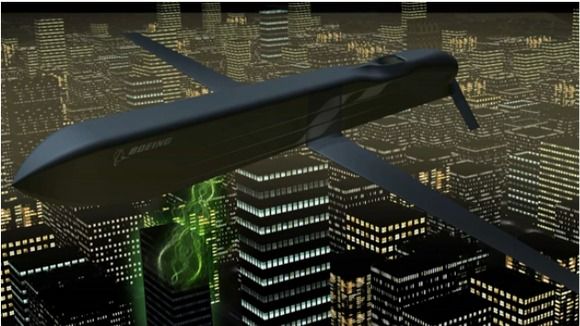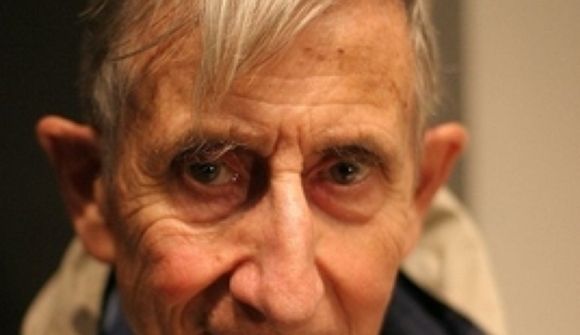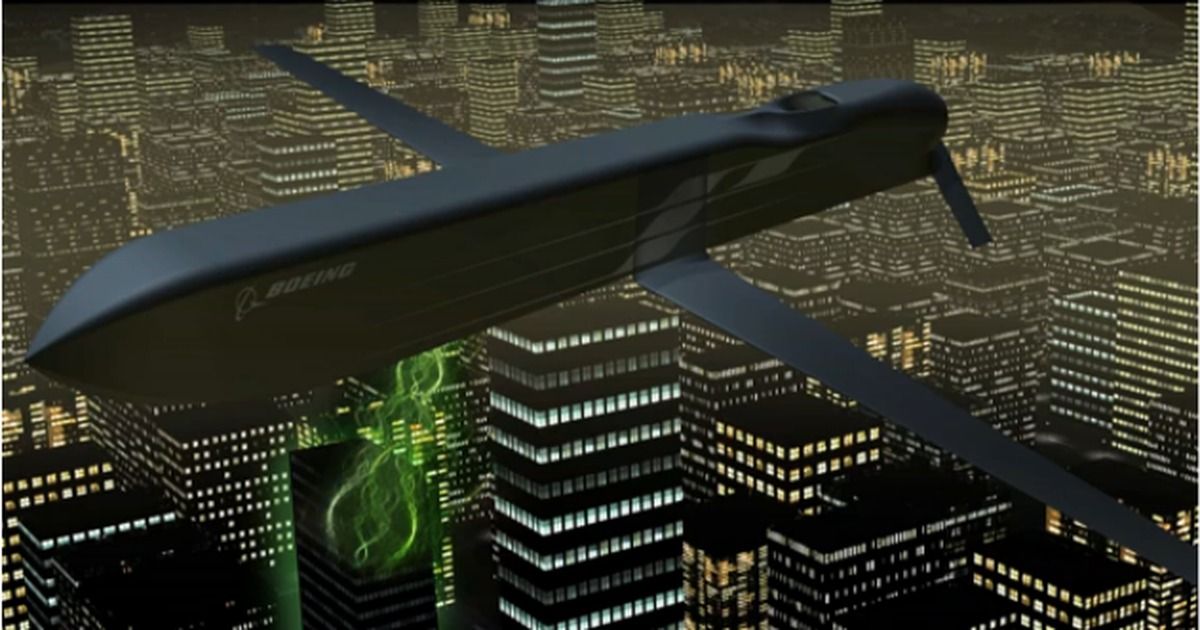Page 10714
Oct 30, 2016
Magic Leap goes to Finland in pursuit of Nordic VR and AR talent
Posted by Elmar Arunov in categories: augmented reality, entertainment, virtual reality
Florida-headquartered Magic Leap has set up a company in Helsinki to gain access to Finland’s vast, Nokia- and gaming-driven reservoir of VR and AR talent.
In July, Magic Leap registered a company in Helsinki with CFO Scott Henry as the chairman of the board. The company did not return my request for a comment.
The Finnish VR and AR companies I spoke with would not confirm or deny working with the company dubbed one of the most secretive startups in the world. But considering the country’s strong know-how in technologies (especially in optics, hardware, and software) that are all highly relevant in the quest for VR/AR domination, it’s no surprise that multinational giants and hot startups are courting the country’s talent pool.
Continue reading “Magic Leap goes to Finland in pursuit of Nordic VR and AR talent” »
Oct 30, 2016
What Would a Machine as Smart as God Want?
Posted by Elmar Arunov in category: robotics/AI
Oct 30, 2016
Neuroscientists Discover an Ignition Switch for Consciousness
Posted by Elmar Arunov in categories: biotech/medical, neuroscience
What’s the Latest?
When Francis Crick, the English scientist who helped discover the structure of DNA, died in 2004, he and a colleague were in the midst of researching the potential existence of an on-off switch for consciousness located somewhere deep within the brain. Crick’s hypothesis likened the proposed switch to an orchestra conductor “to bind all of our different external and internal perceptions together.” Researchers at George Washington University in Washington DC believe they may have found Crick’s conductor. As it happens, it’s located in the exact part of the brain Crick had initially guessed: the claustrum.
What’s the Big Idea?
Continue reading “Neuroscientists Discover an Ignition Switch for Consciousness” »
Oct 30, 2016
IBM’s Watson AI Recommends Same Treatment as Doctors in 99% of Cancer Cases
Posted by Elmar Arunov in categories: biotech/medical, robotics/AI
In Brief:
- Watson recommended treatment plans that matched suggestions from oncologists in 99 percent of the cases it analyzed and offered options doctors missed in 30 percent of them.
- AI could be revolutionary for healthcare as it can process many more research papers and case files than any human doctor could manage.
Artificial intelligence (AI) is about more than just the promise of a robot butler — it can actually save lives. AI’s contribution to the healthcare industry and in medical research could be hugely significant. IBM sees that and wants Watson, its AI technology, at the forefront of this development.
Oct 30, 2016
Boeing Unveils Amazing, Slightly Terrifying New Electromagnetic Pulse Weapon — The Motley Fool
Posted by Sean Brazell in categories: drones, military
With pinpoint accuracy, this electronic warfare drone can black out opposing forces at will.
 Boeing’s “CHAMP” (Counter-electronics High-powered Microwave Advanced Missile Project) is a one-missile, flying blackout. Image source: Boeing.
Boeing’s “CHAMP” (Counter-electronics High-powered Microwave Advanced Missile Project) is a one-missile, flying blackout. Image source: Boeing.
Oct 29, 2016
Scientists want to teach computers how to imagine; so they can learn like human babies
Posted by Shailesh Prasad in category: robotics/AI
Oct 29, 2016
Elon Musk Unveils Tesla’s New ‘Solar Roof’
Posted by Montie Adkins in categories: Elon Musk, energy, habitats, sustainability, transportation

https://www.youtube.com/watch?v=-mUJnKI3ipI&feature=youtu.be
Energy independent housing. Here you go.
Filmed on Oct 28, 2016.
Oct 29, 2016
Where does Jeff Bezos foresee putting space colonists? Inside O’Neill cylinders
Posted by Klaus Baldauf in categories: Elon Musk, habitats, space travel

SpaceX’s Elon Musk wants to put millions on Mars, but fellow billionaire Jeff Bezos envisions having them in rotating space habitats.
Oct 29, 2016
Special Forces Would Def Love Tooling Around on Flying Motorcycles
Posted by Klaus Baldauf in category: transportation
So I thought up the Zaxon, a tactical vehicle that uses that turbojet technology to deploy special forces on the ground to a target less than 100 clicks away, possibly after dropping from a Lockheed Martin C-5 Galaxy.
The size of a standard touring motorcycle, the single-seat Zaxon would use two larger engines up front, and two smaller ones in back. The jets could tilt slightly for liftoff, landing, or full-speed flying. The large fuel tank would sit inside the bike, taking the space usually occupied by a motorcycle engine.
Two jet nozzles would help with lateral stability, making small adjustments when necessary. An onboard flying system would help stabilize the vehicle automatically, although the pilot would need to be trained to properly feel the bike and learn how to react to its movements.
Continue reading “Special Forces Would Def Love Tooling Around on Flying Motorcycles” »
















